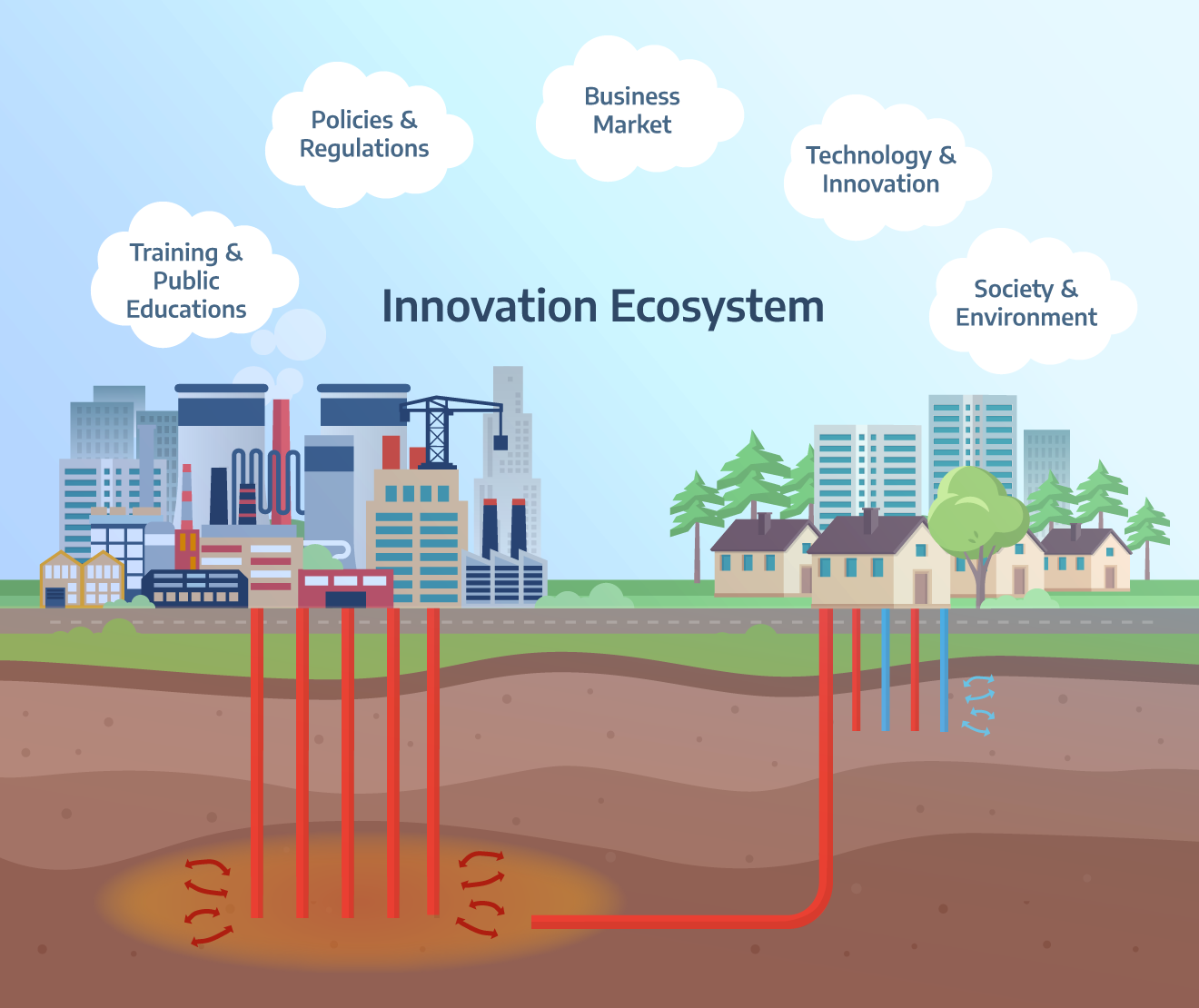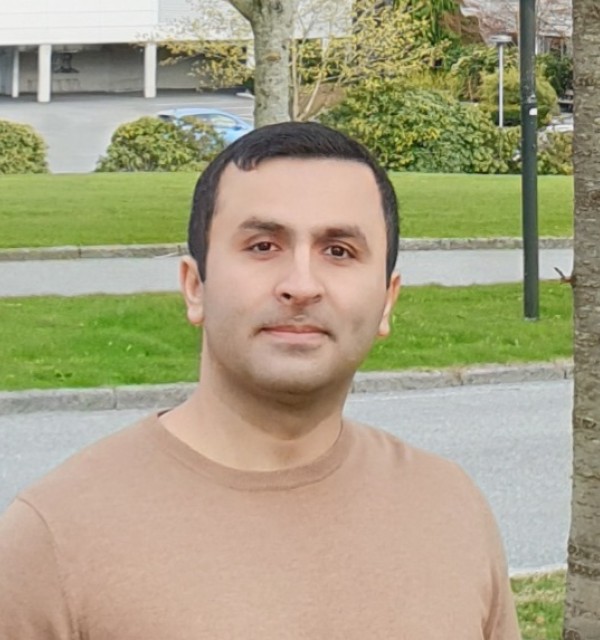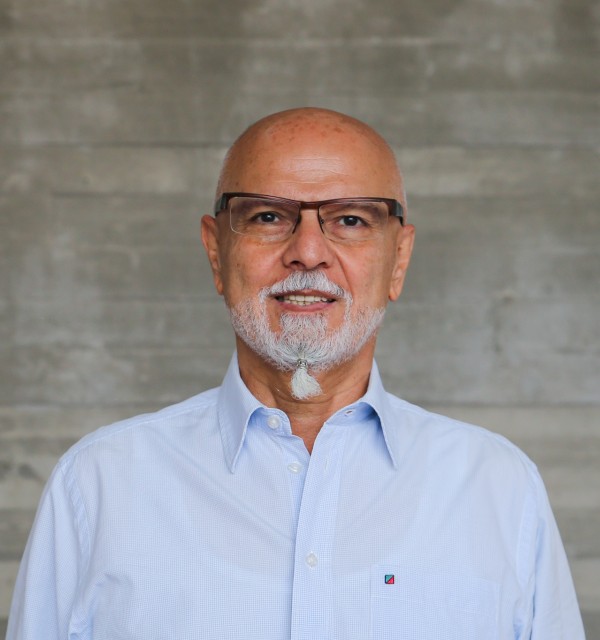Heating and cooling in buildings and industry are responsible for half of energy consumption in Europe. They have also put a severe pressure on the Norwegian electricity grid. There is a lot of waste heat released from data centres and other industrial processes in Norway, which is poorly mapped and utilized.

Vision
This waste heat can be captured, transported, stored, or used for a variety of different purposes to reduce CO2 emissions from fossil fuel-based utilities, make energy use more sustainable and reduce energy costs. However, the potential of this energy and the appropriate methods for capturing, transporting, and storing it have not yet been sufficiently explored. Education and training are also needed to engage the public and ensure that technological development meets regulatory and environmental concerns. The aim ultimately would be to build an innovation ecosystem and local value chain around the waste heat energy system for a better integration, storage, and utilization.
Missions
Our focus will be on three prime areas:
- Waste Heat Energy Mapping
Waste heat released from data centres and industrial sectors (ceramics, steel, aluminium, etc) can be utilized as a free and accessible source of heat throughout the year. This waste heat and its reuse has been extensively studied by many industries and has found numerous applications, but its integration with other technologies depends on location, quality, and seasonal availability of heat source. In addition, although many industries have attempted to deploy heat recovery systems, only a few of them have been involved in developing heat networks that can meet the demand for district heating and other domestic needs. In Norway, there is a large amount of waste heat emitting annually from various data centres and industrial sectors that have not yet been identified and mapped with their potential quality and heating capacity. If this waste heat is carefully captured, analysed, and mapped, a regional or national roadmap can be established to use this heart for different purposes.
- Subsurface Heat Storage
Underground thermal energy storage (UTES) in Norway is still at an early stage of assessment and requires a fundamental understanding and characterisation of the available resources, especially the distribution, heat transfer capacity and size of shallow aquifers. Thus, a detailed geological, hydrological, and geochemical assessment of different shallow aquifers in Rogaland and other states across Norway should be carried out to evaluate the potential for heat storage. The heat distribution in the aquifers and the capacity of heat transfer from the aquifers to the ground under different climatic/geological conditions also need to be assessed. This could prevent the rapid depletion of heat energy at shallow intervals and enable the widespread implementation of shallow geothermal systems. UTES can also provide the flexibility to manage fluctuations in heat demand on different time scales and eliminates the need to build an extensive pipeline system
- Utilization for Shallow Geothermal System
Given the theoretical large potential of shallow geothermal systems, there have been a significant increase in installation of heat pumps and borehole exchange around the globe. However, widespread deployment of heat extraction from shallow formations is not always practical. One of the major challenges is the access to free energy that has been stored in rocks over a long period of time and can be depleted rather quickly due to the limited heat flow. This is particularly true in cold regions such as Norway, where the heat stored in subsurface is very low and can barely reach 10 oC at 100 or 200 meters. However,
if waste heat is carefully captured, and stored in UTES sites, near-surface formations can be theoretically heated such that borehole exchange geothermal systems can be widely used for district heating and other domestic purposes.
This research project is part of Future Energy Hub.
Researchers
Department of Energy and Petroleum Engineering
Department of Safety, Economics and Planning


